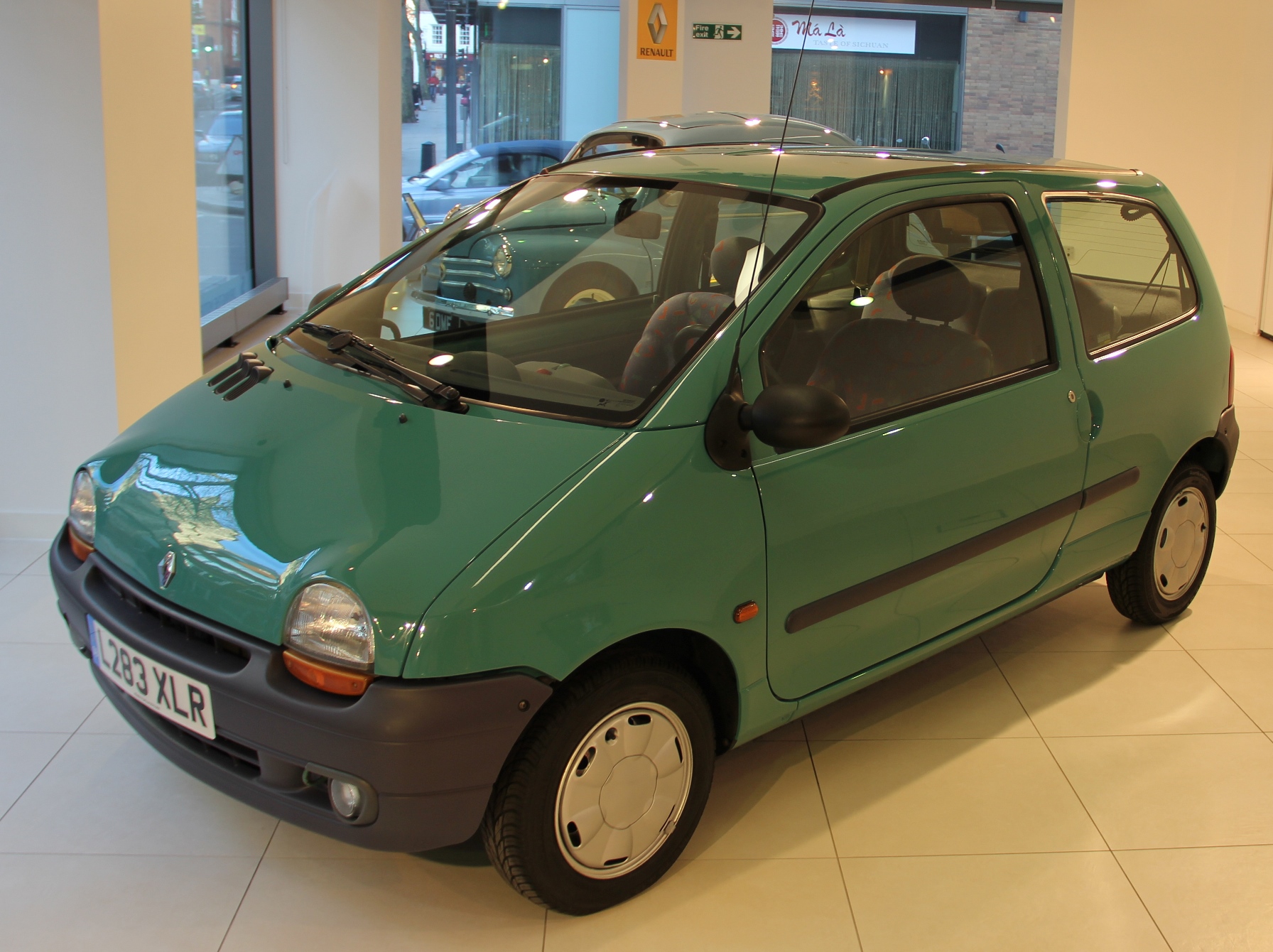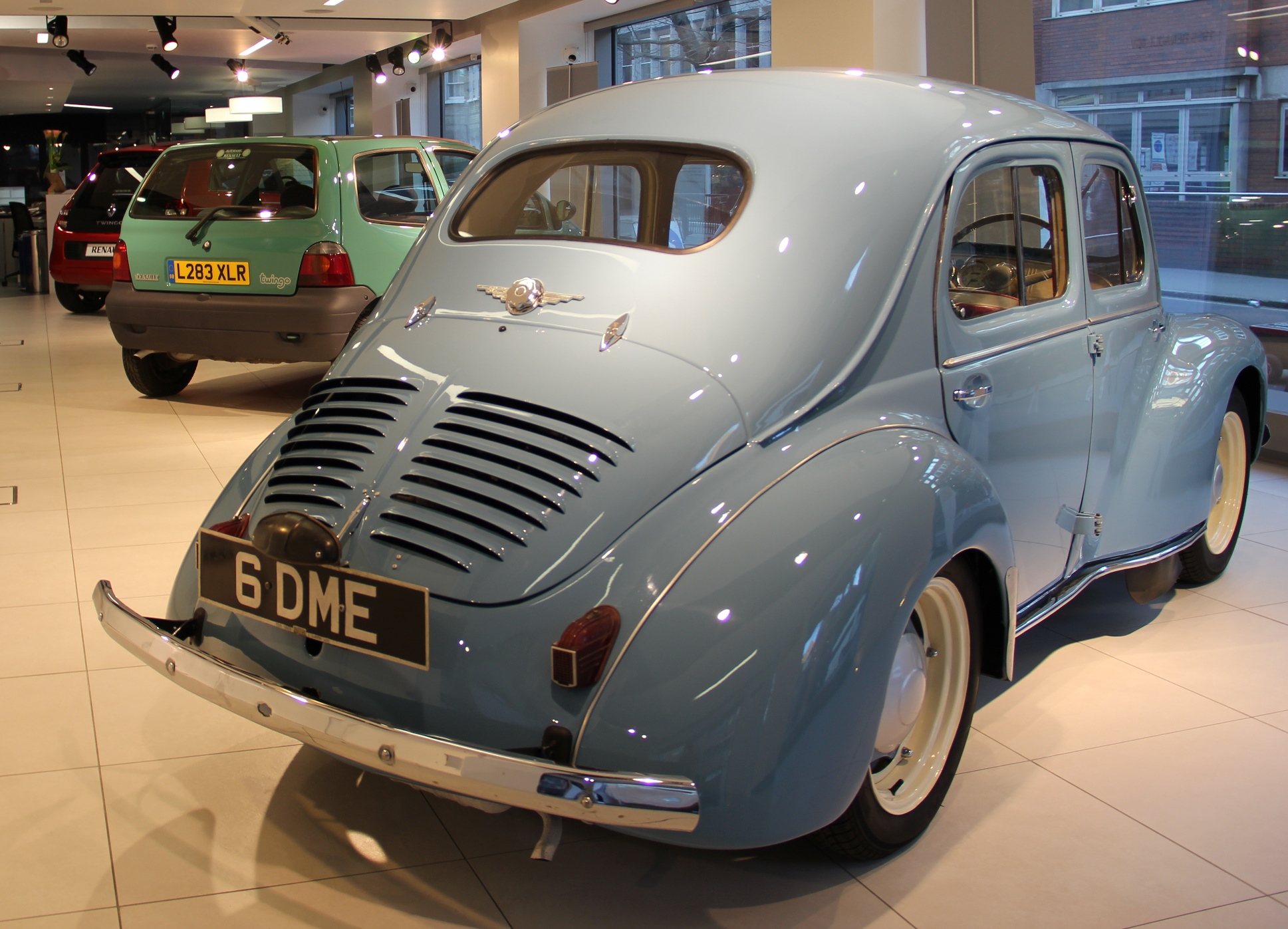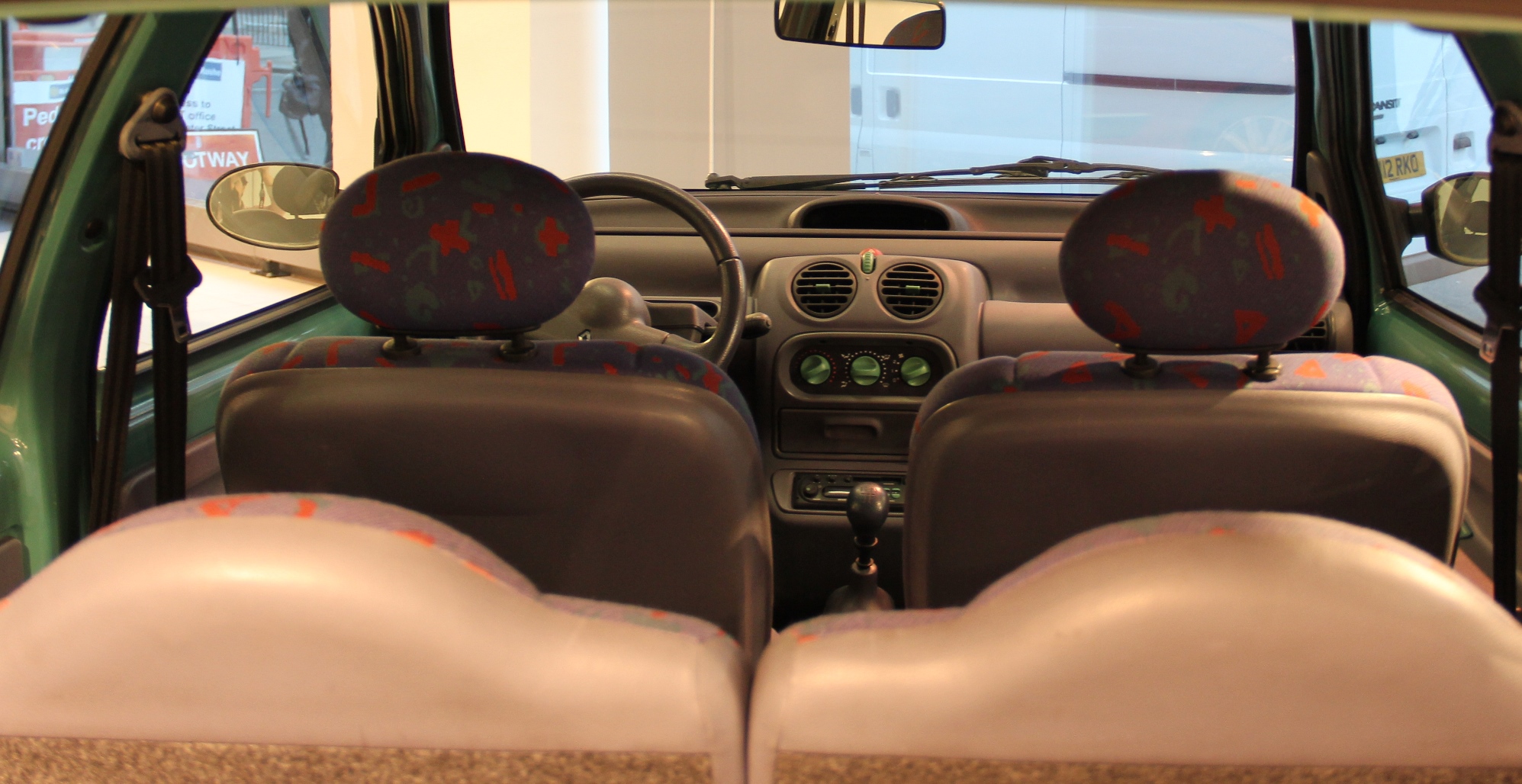The latest Renault Twingo was officially launched last year to a huge media buzz. Its rear-engined platform, evocative styling and iconic name have already captured the imagination of many a car enthusiast. However, the Twingo’s critical acclaim should come as no surprise; Renault has over eight decades of experience in making small, economical cars. Here’s what makes its small cars great.
Affordability

As peace fell, Renault’s predictions came true and Europe was penniless. The 4CV became the first French car to top one million units, and even went into production in the UK as the Renault 750. The example on display at SMMT was purchased in 1956 for £599, three shillings and fourpence – about £13,700 today.

Economy

The first generation Twingo followed suit, with a 54bhp 1.2 engine achieving nearly 50mpg. This was achieved in part due to Renault’s drive to reduce cost and weight; the Twingo had one large windscreen wiper instead of two, there was no option to have electric windows or power steering, and the front seats were built in one piece.

Packaging
Even in the late 1930s, at the conception of the 4CV, Renault knew that getting the packaging right was crucial. Mounting the tiny engine at the rear created a longer cabin and a flat floor pan, meaning it could comfortably seat four people despite only being 3.6 metres long. Hinging the front and rear doors to the B-pillar not only saved cost, but also allowed both doors to open to nearly 90 degrees, ensuring easy access despite its miniscule dimensions

A sliding rear bench seat meant passengers could strike the right balance between space and practicality, while luxuries such as a glovebox or a tachometer weren’t options. In fact, when it went on sale, there were no optional extras available on the car.


Style
What the first generation Twingo lacked in equipment, it made up for in style. By the mid-‘90s it was the vehicle of choice for mainland Europe’s Generation X, with 2.3 million sold over 14 years. The exterior was utilitarian but playful, while the sparse interior was livened up by aquamarine switches and door handles. Despite its low cost, it featured a cutting-edge digital instrument read-out mounted at the driver’s eye-level.
The new Twingo is equally as stylish; the front end evokes memories of the Renault 5 Turbo, while a dramatically raked rear end hints at its engine configuration. Splashes of colour throughout the interior once again enliven a functional cabin.
The new Renault Twingo, first-generation Twingo and 4CV are currently on display at SMMT’s headquarters in Westminster.














